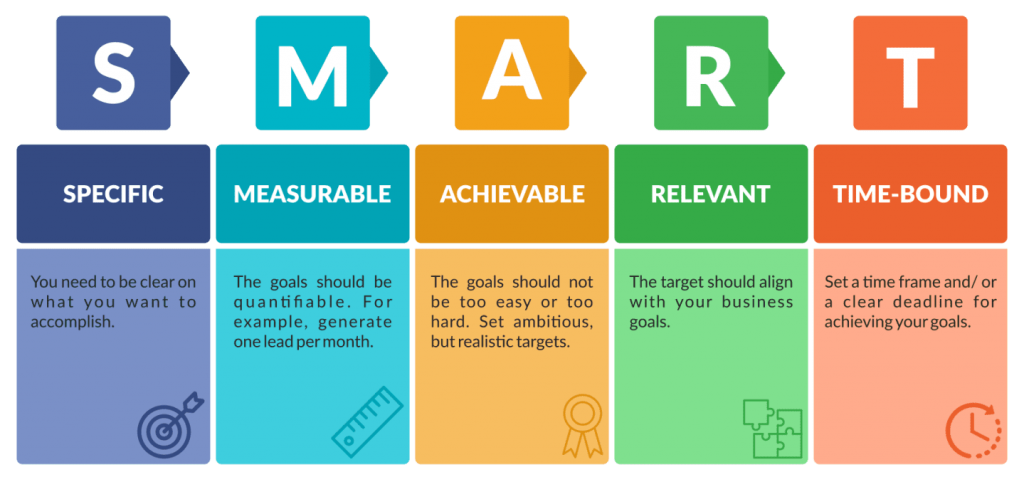What is Micro-Marketing? How It Can Boost Your Business
As a business person, you’re always looking for new opportunities to improve your company’s standing in the marketplace.
Whether it’s creating high-quality content, adopting new marketing strategies, or brushing up current ones, you always want to fulfill your potential when it comes to advertising your company’s products.
Not doing so can adversely impact your business image.
When it comes to marketing your products, there are a wide array of options to choose from. Micro-marketing is one such option, and it is extremely popular amongst businesses.
Let us expand on it further:
What is Micro-Marketing and How Does it Work?
Micro-marketing is any marketing activity designed to target a specific section of your audience. You might target people based on factors including, but not limited to, age, gender, location, occupation, among others. It’s the opposite of mass marketing, which is where you run campaigns that target everyone.

To run a micro-marketing campaign, you need to understand each segment of your target audience. You need to understand the pain points of your audience, what makes them use your product or service, and their goals.
If you understand what incentivizes your audience to purchase through your company, you can run targeted marketing campaigns. Micro-marketing campaigns that address the needs of a segment of your customer demographic are more likely to convert than mass marketing campaigns that don’t.
Uber is a great example of a company that has used micro-marketing strategies to grow fast. When Uber entered a new city, they would run campaigns targeting residents in the area. For instance, when they introduced their app in rainy Vancouver, they used the weather to encourage customers to use their ride-hailing app instead of walking to a bus station in the rain.
That campaign addressed the pain points and needs of potential customers in Vancouver. Of course, the same campaign probably wouldn’t work in sunny Arizona.
Why Do Companies Use Micro-Marketing?
Micro-marketing is used by large and small businesses alike because targeted advertising campaigns have a higher conversion rate than mass marketing campaigns. It can be a great tool for large businesses to introduce new products into the market and for small businesses to create brand awareness.
Countless businesses use micro-marketing to reach out to specific target sections of their customer base. Companies that run successful campaigns generally see a higher ROI (return on investment) than from a mass marketing campaign.
That’s not to say mass marketing campaigns are ineffective. They are. Both types of campaigns are used by businesses looking to grow or maintain their market share.
A nice example of a global company that successfully implemented micro-marketing strategies is Coca-Cola. In 2014, they started a “Share a Coke” campaign. Coca-Cola made a list of the most popular names in each country where they sold drinks. They printed these first names on the packaging.

All thanks to this campaign, the company witnessed a 2% increase in sales in the US.
Are you wondering how to introduce a micro-marketing campaign for your business? We’ve got you covered.
How to Run a Micro Marketing Campaign In 4 Easy Steps
Running a micro-marketing campaign isn’t as hard as you think. Just follow these four steps. With a little bit of creativity, you’ll have a campaign that generates your desired results.
1. Create Buyer Personas
The first step to any efficient marketing campaign is to create buyer personas. These are a set of characteristics that define your ideal customer. They can help you reach your target audience. You may use qualitative and quantitative data to create buyer personas. Customer personas can be based on factors like age, gender, occupation, personal interests, and so on.
Here’s an example of a buyer persona:

Keep in mind that if you’re certain about what kind of customer your micro-marketing campaign is targeting, the higher your success rate will be. That will also save you time and money.
2. Define your campaign goals
Channel your inner creativity and research your product as much as possible when defining your campaign goals. See what inspires you about your product and incorporate that into your campaign.
A constructive way to go about this is to create SMART goals.

Your SMART goals will give you a benchmark to assess the success of your campaign.
3. Figure out the best way to contact your target audience
You need to know how to connect with your target customers to make your micro-marketing campaign successful. Helpful factors like demographic data can help you evaluate which platforms your target audience uses most. For instance, teenagers are more likely to be active on social platforms like Instagram.
Keep your buyer personas in mind when figuring out the best way to reach your customers. There are plenty of online tools available to do this. From online ads on platforms like Facebook or Instagram to social media platforms like Twitter, the options are endless.
For instance, if you’re an affiliate marketer, your goal might be to generate a 15% increase in sales this quarter through PPC ads. To reach those targets, you could run marketing campaigns targeting specific segments of your target audience.
Each campaign would use different messaging and marketing material to get people to click on the link. By tracking affiliate sales in Google Analytics, you can measure the effectiveness of your campaign.
4. Launch your campaign and monitor its progress
The final stage of any marketing campaign is to track and review the results. You need to track your results against the Key Performance Indicators. Any mismatch between your goals and the result will likely mean you need to adjust your campaign.
That’s not necessarily a bad thing.
Campaigns designed by great marketers fail all the time. The key to running successful marketing campaigns, though, is learning how to adapt fast when you do not see the results you want.
Bottom Line
Integrating micro-marketing strategies into your overall marketing strategy can prove to be extremely beneficial for your business. They can help your best products and services make a mark in the market. They are also cost-effective and can help you meet your business needs efficiently.
However, to get the most out of your micro-marketing campaigns, you need to implement them the right way.
That means knowing who your target audience is, setting the right goals, and determining the platform where your audience is. It also means monitoring your campaign.
Follow these tips, and you’ll get the most out of your micro-marketing campaign. You’ll reach your marketing goals and, by extension, your business goals, too. Good luck!
